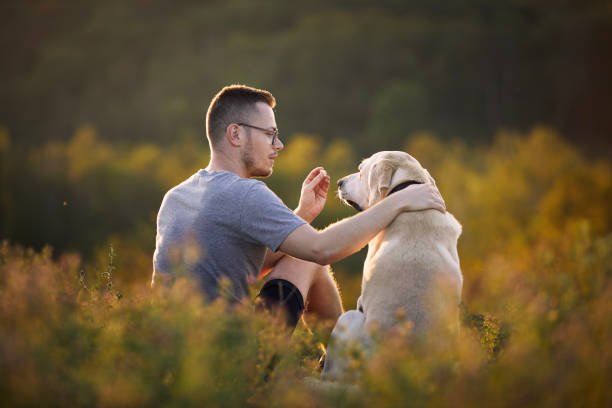Keeping your dog fit is crucial for their overall health and well-being. Regular exercise helps maintain a healthy weight, strengthens muscles, boosts mental stimulation, and improves their mood. But what are the best ways to ensure your furry friend gets the exercise they need? Here are some top exercise routines to keep your dog fit, happy, and healthy!
1. Daily Walks
Benefits:
- Cardiovascular Health: Walking is an excellent way to get your dog’s heart pumping.
- Bonding Time: Regular walks strengthen the bond between you and your dog.
Routine:
Aim for 30 minutes to an hour of walking each day. Additionally, vary the routes to keep it interesting, allowing your dog to explore new smells and sights.
2. Fetch
Benefits:
- High-Intensity Workout: Fetch is a great way to get your dog running and burning energy.
- Mental Stimulation: It helps improve your dog’s focus and recall skills.
Routine:
Use a frisbee or a ball to play fetch in an open area. Start with 15-20 minutes of play, gradually increasing the duration as your dog gets fitter.
3. Agility Training
Benefits:
- Physical Fitness: Agility training challenges your dog physically and mentally.
- Improved Coordination: It enhances your dog’s balance and coordination.
Routine:
Set up a simple agility course with items like cones, tunnels, and jumps. Therefore, practice different obstacles for about 30 minutes several times a week.
4. Swimming
Benefits:
- Low-Impact Exercise: Swimming is excellent for dogs with joint issues or those recovering from injuries.
- Full-Body Workout: It engages almost every muscle group in your dog’s body.
Routine:
Find a safe swimming area, like a dog-friendly lake or pool. Aim for 20-30 minutes of swimming, ensuring your dog is comfortable in the water.
5. Playdates with Other Dogs

Benefits:
- Socialization: Regular interaction with other dogs improves your dog’s social skills.
- Natural Play: Dogs often engage in vigorous play, which is a great workout.
Routine:
Organize regular playdates with friends or neighbors who have dogs. Supervise play sessions for 30-60 minutes to ensure safe interactions.
6. Obstacle Courses at Home
Benefits:
- Mental Stimulation: Creating an obstacle course challenges your dog’s problem-solving skills.
- Customizable: You can adjust the difficulty based on your dog’s fitness level.
Routine:
Use household items like chairs, boxes, and blankets to create a course. Spend 15-30 minutes guiding your dog through the obstacles.
7. Tug-of-War
Benefits:
- Strength Building: Tug-of-war strengthens your dog’s muscles and improves grip.
- Bonding Activity: This interactive game enhances the relationship between you and your dog.
Routine:
Use a sturdy tug toy to play for 10-15 minutes. Additionally, teach commands like “take it” and “drop it” to incorporate obedience training.
8. Running or Jogging
Benefits:
- Increased Endurance: Running builds stamina and helps maintain a healthy weight.
- Mental Exercise: The varied environment during runs keeps your dog mentally engaged.
Routine:
If your dog is healthy and used to exercise, incorporate jogging into your routine for 20-30 minutes a few times a week. Start slow and gradually increase your pace and distance.
9. Canine Sports
Benefits:
- Structured Activity: Sports like flyball, frisbee, or canicross provide a fun way to exercise.
- Competitive Spirit: Engaging in sports can enhance your dog’s skills and confidence.
Routine:
Look for local clubs or classes that offer canine sports. Attend practice sessions or competitions a few times a month.
10. Interactive Toys
Benefits:
- Mental Stimulation: Toys that require problem-solving keep your dog’s mind sharp.
- Physical Activity: Many interactive toys encourage movement.
Routine:
Invest in toys that dispense treats or require your dog to move them around. Allow your dog to play with these toys for 15-30 minutes daily.
Conclusion
In conclusion, maintaining your dog’s fitness is essential for their hygiene and overall health. Incorporating a variety of exercise routines can help prevent boredom, reduce behavioral issues, and strengthen the bond between you and your furry friend. Remember to tailor the exercise to your dog’s age, breed, and fitness level. Additionally, always consult your veterinarian if you’re unsure about starting a new routine. With the right balance of physical activity and mental stimulation, your dog will lead a happy, healthy life!




